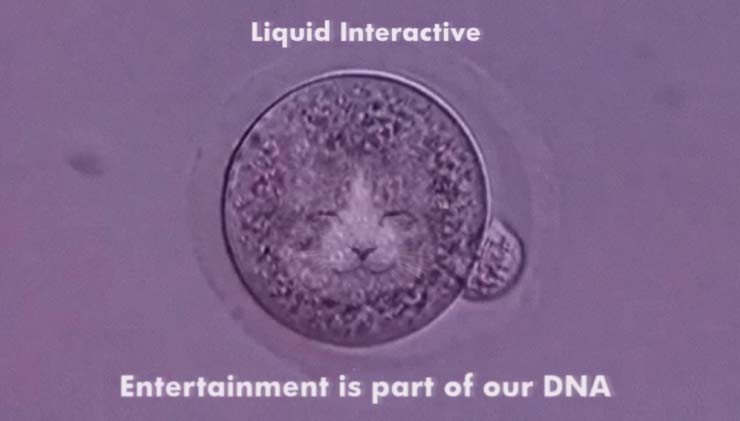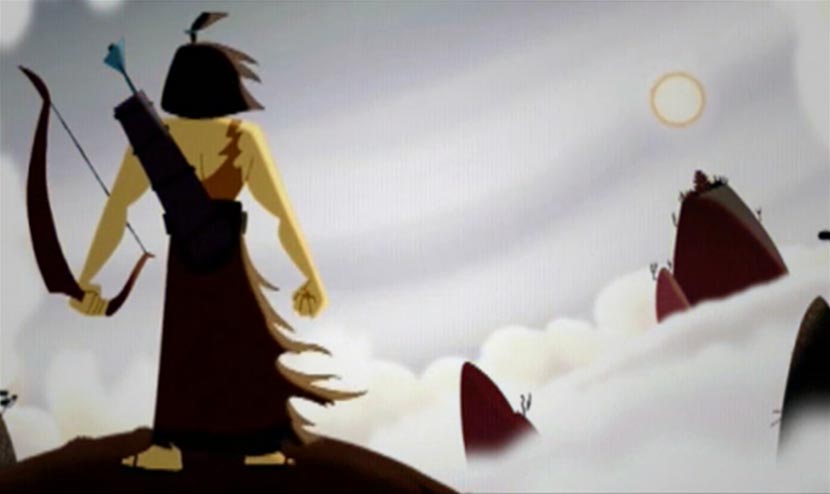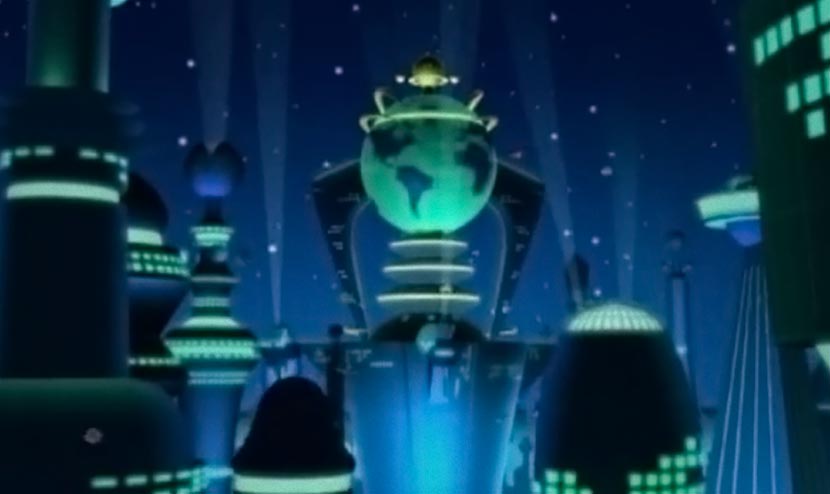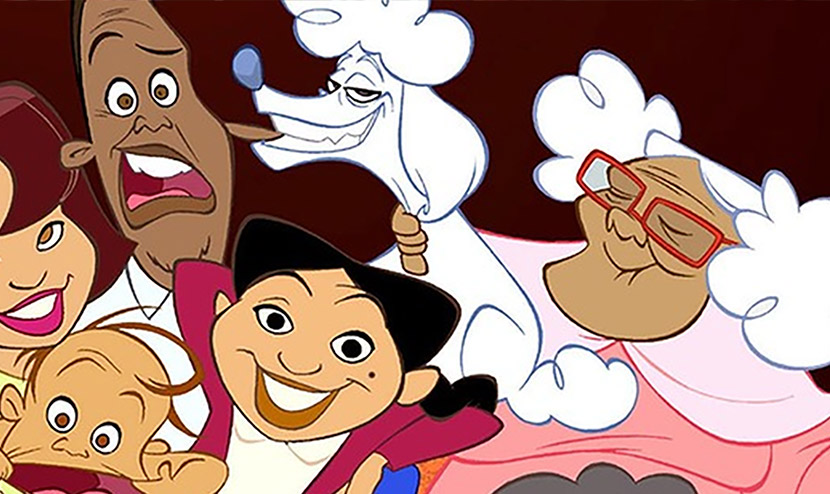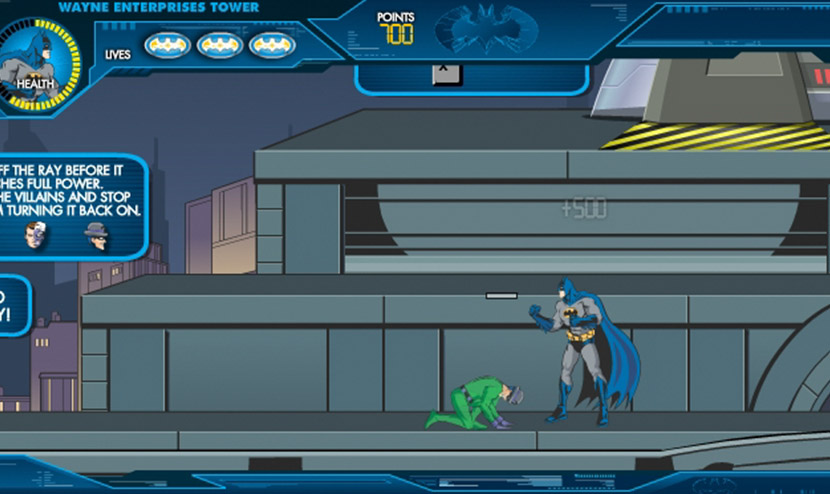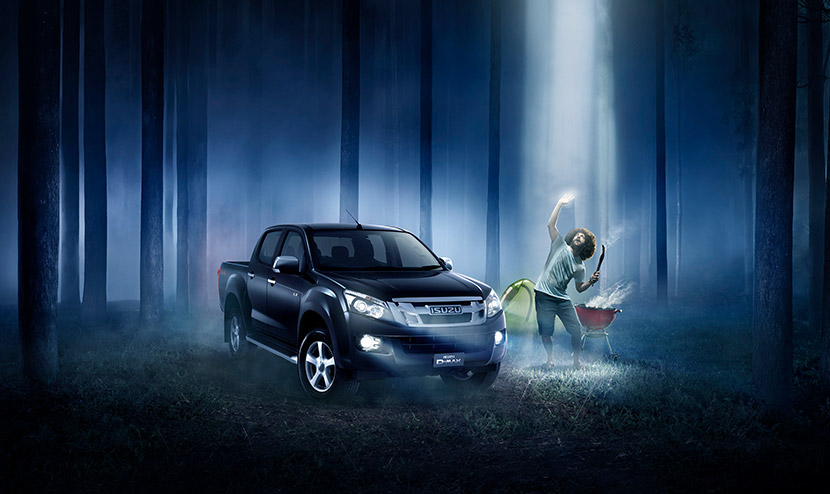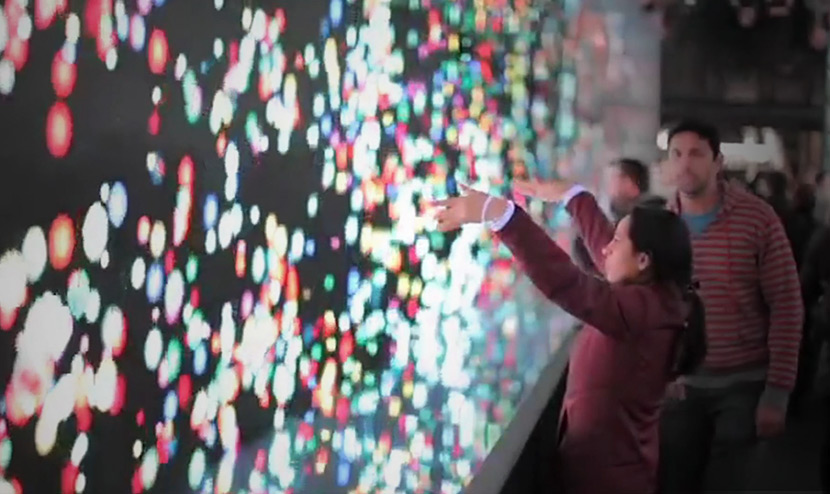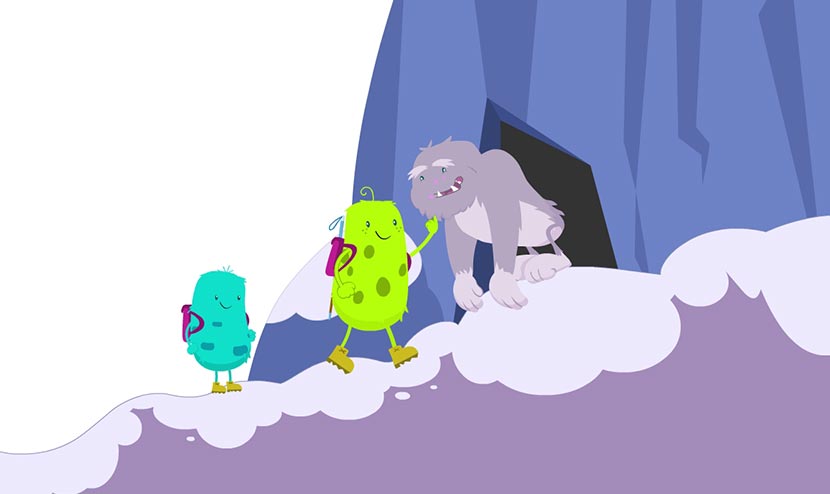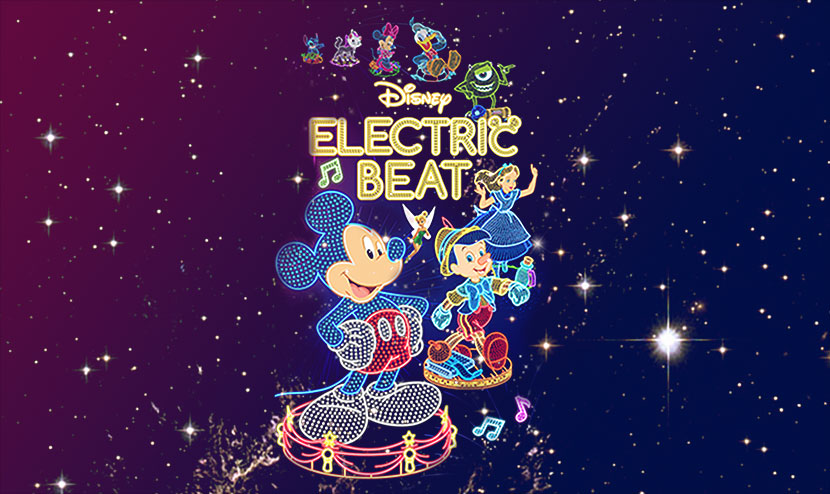Using entertainment for the greater good
How did you do that?
Do what?
Make that sketch comedy series for Beyondblue?
You don’t like it?
No, we love it! But you’re a digital agency. What gives?
That’s a long story...
It happens quite often in our office — an elearning or marketing brief starts out sounding very conventional, and through a process of review, design, and passionate lunchroom conversations, becomes live-action sketch comedy, or an animation series about two-bean shaped BFFs and their dancing cat.
Or other times clients wonder why an agency that has created induction courses for mining companies is now creating their new superhero platform game.
Now we could throw a bunch of phrases around like ‘broad capacity’, ‘T-shaped people’ and ‘leveraging entertainment value to increase online engagement and effectiveness’—and it would all be true!—but, really, it boils down to this: Liquid Interactive was born from an animation company, so art, entertainment, story and gameplay are part of our DNA.
We are artists. We are entertainers.
It all started back in the 90s...
1999. Y2K scared us, Bill Gates ruled over us, Google was in beta, dial-up modems were still a thing, and Liquid Animation formed.
Right from the start we were developing and creating entertainment properties.
We were small but we started big, animating for clients such as Disney, Warner Bros and bands such as Powderfinger. At the same time we began creating a lot of interactive, elearning and marketing content. It was a cool but complex mix.
We grew quickly. During the early 2000s, Liquid Animation and Liquid Interactive started to become their own entities, focussing mainly on what each did best.
Like most cellular growth, it wasn’t a clean split. Liquid Animation kept some of the interactive gene, while Liquid Interactive kept some of the entertainment gene.
And, while Liquid Animation moved onto web series, commercials and TV work...
As the Internet dawned and entertainment properties went online, we developed our gaming muscles. By the mid-2000s and the broadband explosion, Flash was king and online games were hot.
Entertainment giants such as Disney and Warner Bros began to use websites to engage their audiences, who were always hungry for new content, such as this Batman game we created for Warner Bros.
With a team that had skills across game design, art, animation and web development, Liquid Interactive’s capability for online engagement was becoming known. New media properties were being developed, each requiring an immediate online presence in order to effectively launch, and Liquid Interactive was at the forefront of their digital marketing and promotion through websites and games.
Things were going swimmingly, with the lines between Liquid Interactive and Liquid Animation, interactivity and entertainment, blurred in a creative and productive way. Then, in the late 2000s, Disney English came to us with an interesting proposition. One that flexed everyone’s muscles in a new, remarkable way.
Serious fun
Disney English has over 40 centres located in China that specialize in English language training for young learners using Disney characters. As a resource for these centres, we created an enormous bank of animated, interactive games and resources.
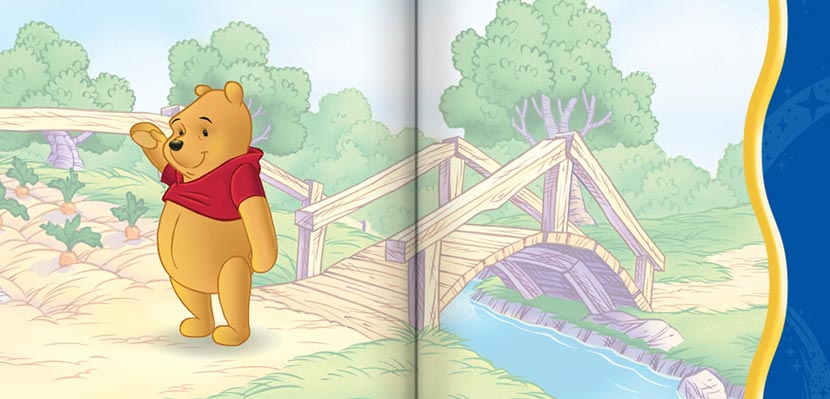

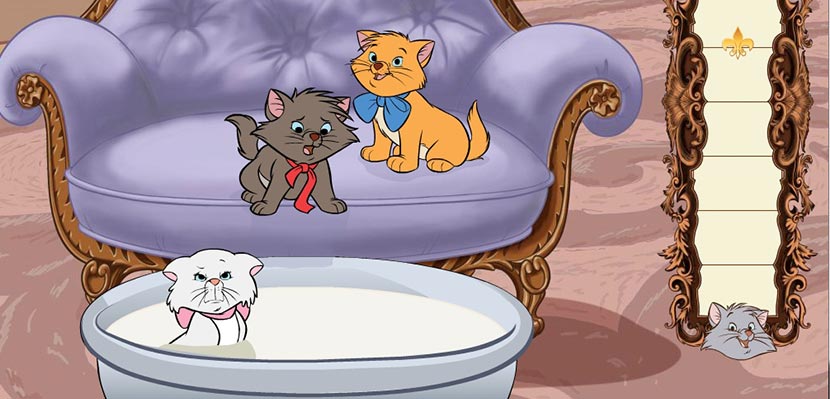
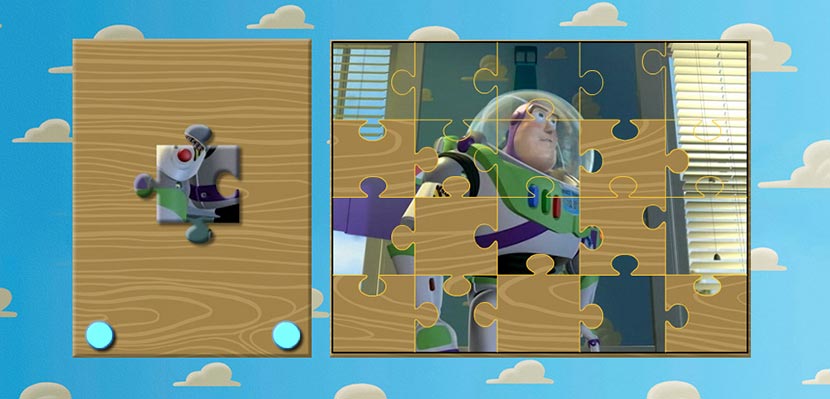
It was a true intersection of entertainment and education and a blend that we’ve continued to apply with varying mixes on many entertainment projects to tell the best story possible with our online content.
Nothing’s changed. We keep mixing entertainment, technology and design to create great digital products. In recent years, amongst other things, we’ve made...
- A rhythm game for custom Android handsets in Japan.
- A public interactive light show for the Brisbane Festival.
- Commercials using alien abduction themes to sell utes.
- An animated series introducing the concept of executive functions to students.
...And a series of sketch comedy episodes that help introduce a mental health initiative.
Ah. I was wondering when you’d get back to that.
The Entertainment Genome
The Entertainment Genome is very much alive in Liquid Interactive, sometimes intermingling with marketing and education, sometimes standing front and centre, krumping in its undies.
